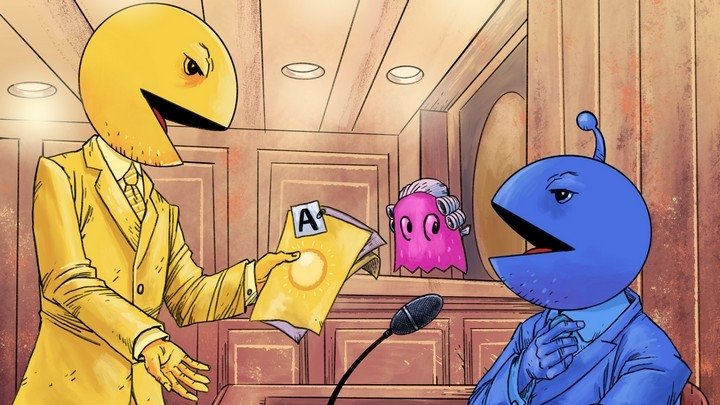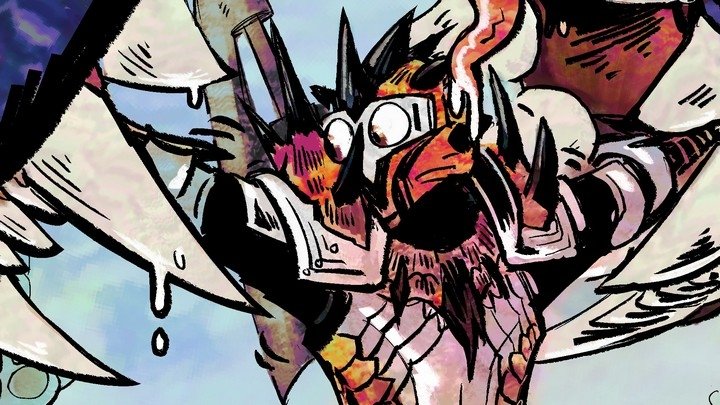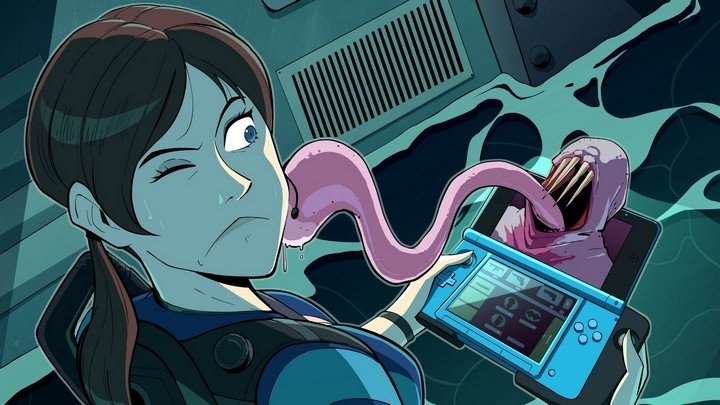Retro Re-release Roundup, week of November 5, 2020
A Sunsoft hidden gem gets one more brief moment to shine.
It's a slow news week this week, folks... you'd almost think we were on the cusp of a new console generation or somethin'.
ARCADE ARCHIVES
- Platform: Nintendo Switch, PlayStation 4 (worldwide)
- Price: $7.99 / €6.99 / £6.29
- Publisher: Hamster / Sunsoft

What's this? A fixed-screen action game with a heavy puzzle bent, originally developed and distributed in Japanese arcades in extremely limited quantities by Sunsoft in 1984. The player (a "Pettan", whatever that might be) is tasked with disposing of all the enemies on a given stage, which is done by pushing down or raising up the colored wall panels, with bonuses awarded for finding girlfriend Pettanko, disposing of multiple enemies in a single action and walking over as few floor spaces as possible; basic walls can be pushed flat against the floor along a hinge and can be simultaneously raised to standing position with the press of a button, with later walls exhibiting unique behavior,
Why should I care? Pettan Pyuu has a long reputation among hardcore Japanese arcade enthusiasts for being an unsung classic of its era; I'm not going to go ahead and endorse that reputation on the basis of a twenty-minute sit-down but I can definitely say this game is more sophisticated than the average game of its vintage and isn't nearly as rote as you might immediately presume it to be. Who knew the Sunsoft of this era had a game like this in them?
Useless fact: While he didn't contribute to the development of the game beyond the initial draft, Pettan Pyuu's initial draft was conceived by then-highschooler Kohji Kenjoh, who later went on to work at Namco and Noise inc. and is best known for creating the Custom Robo series.
HACKS & HOMEBREW
Metal Slug 6 Atomiswave-to-Dreamcast conversion & wide-screen hack by Megavolt85
As you may or may not know, SNK Playmore's first forays into the post-Neogeo arcade landscape were made on the Atomiswave hardware, a joint Sega/Sammy platform that essentially straddled the hardware gap between Sega's NAOMI hardware and that of the Dreamcast, and while many Atomiswave games made their way to the PlayStation 2, Xbox and other platforms, very few matriculated back to the Dreamcast... until now. Hacker Megavolt85 has not only modified the original Atomiswave data for Metal Slug 6 to run natively on Dreamcast, he also claims the conversion process is rather simple and could feasibly be applied to every Atomiswave game that exists. The process for playing Metal Slug 6 is a little specific — it requires an external loading option like TerraOnion SD or GDEMU and will not run off a CD, and implementing the wide-screen hack requires some hex editing of the game files — but if you meet those prerequisites then this forum thread should prove straightforward,
SOUNDTRACKS & MERCHANDISE
All Sounds of Gdleen reissue by Game Music
- Format: CD
- Price: ¥2,750
- Publisher: Game Music

From the brains behind Diggin' in the Discs, the omnibus counterpart to the Diggin' in the Carts music series, comes the first in a series of reissues and remasters of obscure, critically-heralded and innovative video game soundtracks: All Sounds of Gdleen, the soundtrack to a 1991 Super Famicom RPG adaptation of an OVA, with music composed by members of the Japanese progressive rock units Astorias and Psychosonic and arranged by heralded video game audio specialists including Hitoshi Sakimoto and Tempei Sato. Understandably, this is a Japan-only release for the moment, but who knows, if word starts to sp—oh, let's not kid, it ain't goin' nowhere.
How to Make Capcom Fighting Characters: Street Fighter Character Design art book from Udon Entertainment
- Format: hardcover (288pp)
- Price: $49.99
- Publisher: Udon Entertainment

Parts of this book have been floating around online in some fashion for the better part of three years but finally, the entire, translated collection of concept art, design sketches, interviews and other material on Capcom's long-lauded history of fighting game history design are available in one convenient place. Of particular note is the first official, unabridged and localized publication of "Anatomy: A Strange Guide for Artists", a guide created by Capcom's formative character artist and animator Akiman on best practices for drawing and animating compelling and convincing characters via pixel art. (This book went on sale a few weeks ago, so you may have already read it by now — it had been delayed so many times that I stopped checking for it, and that's on me.)



